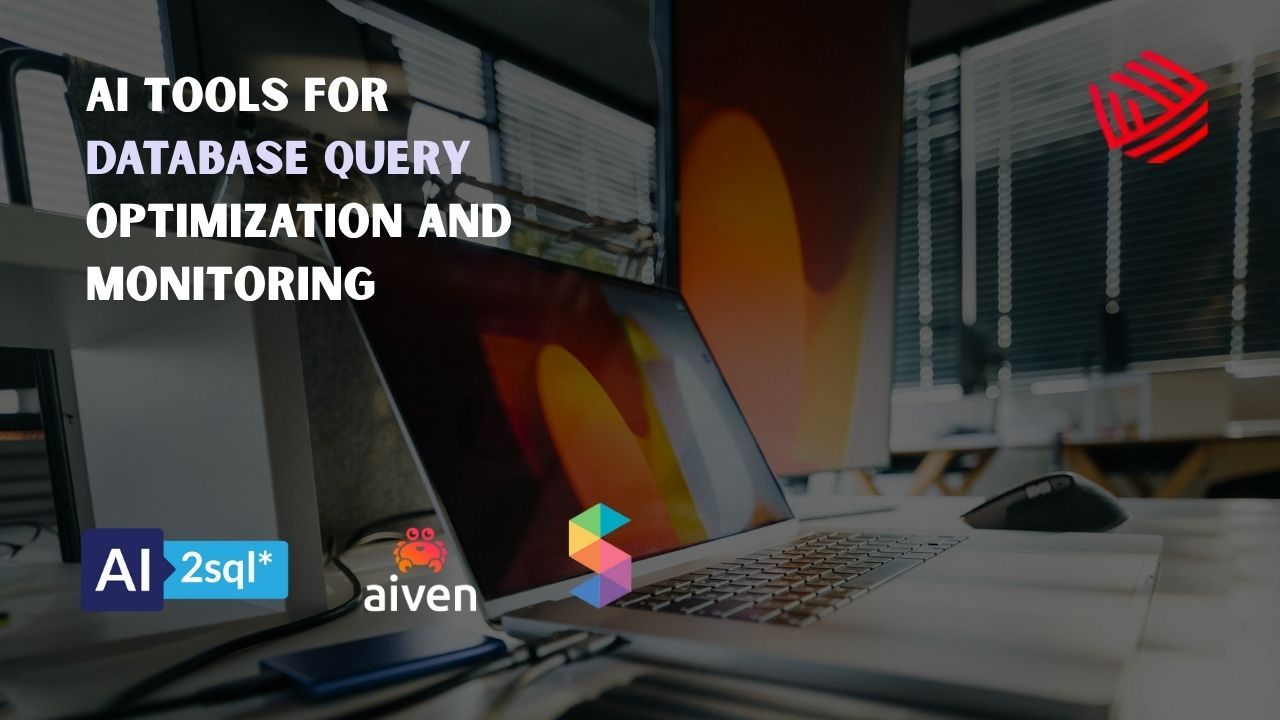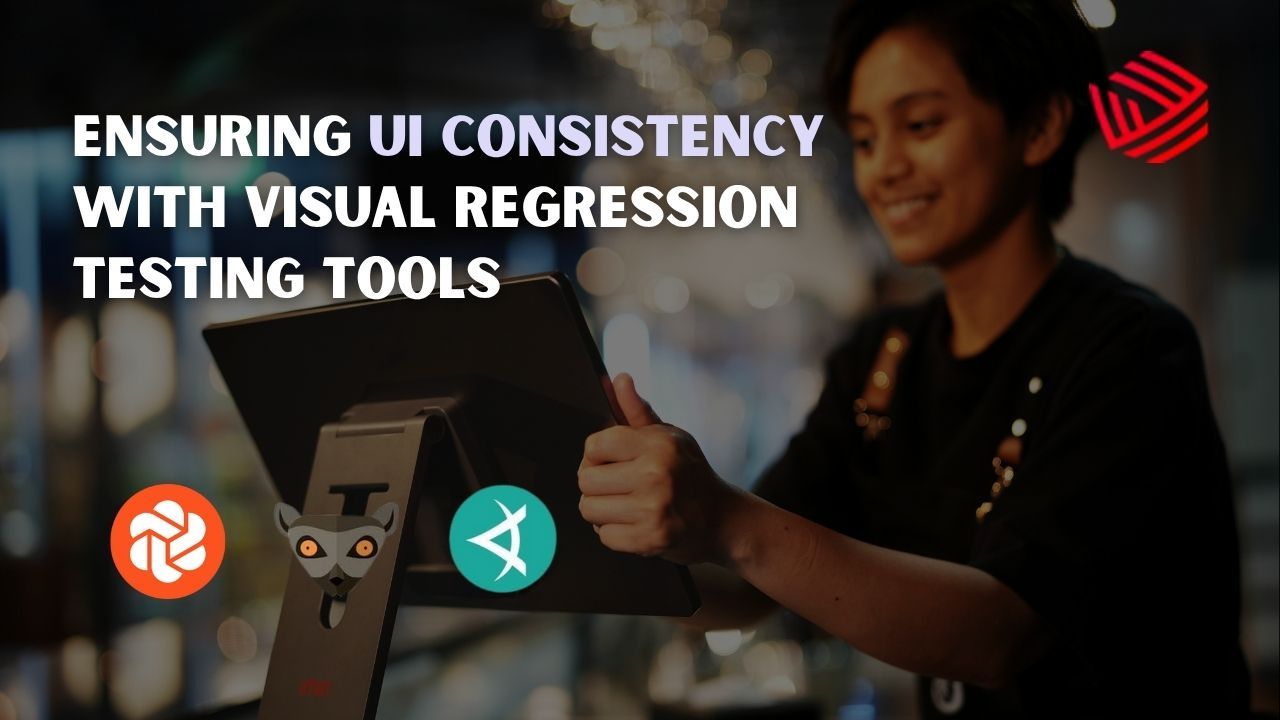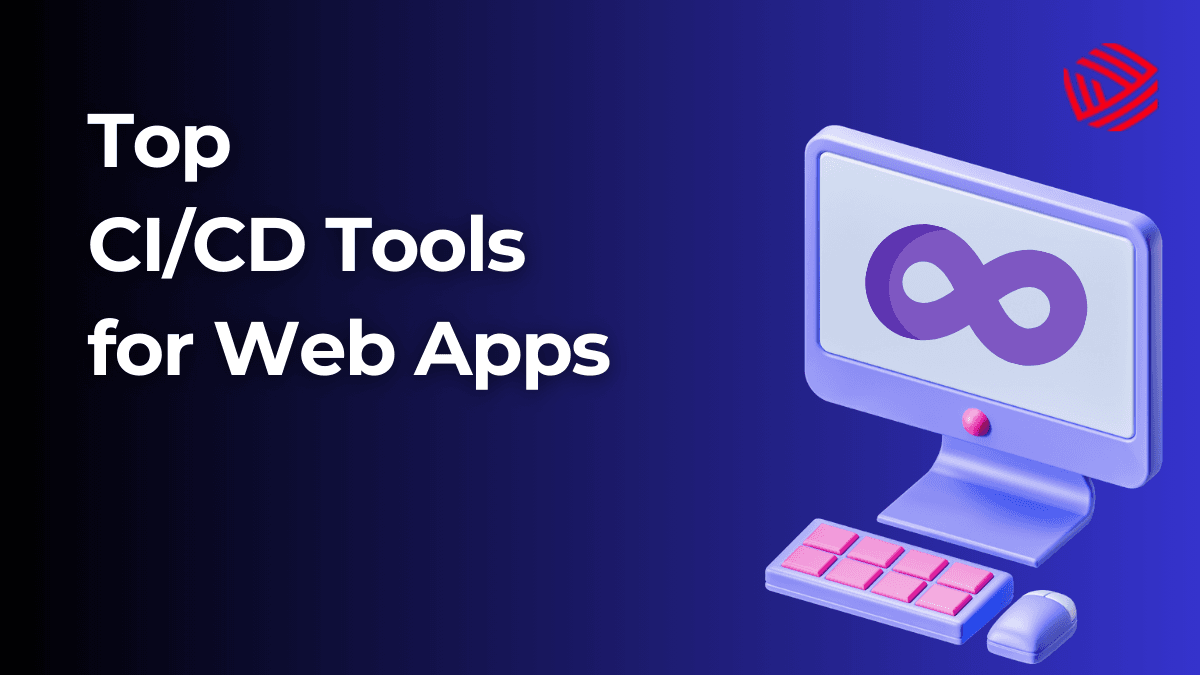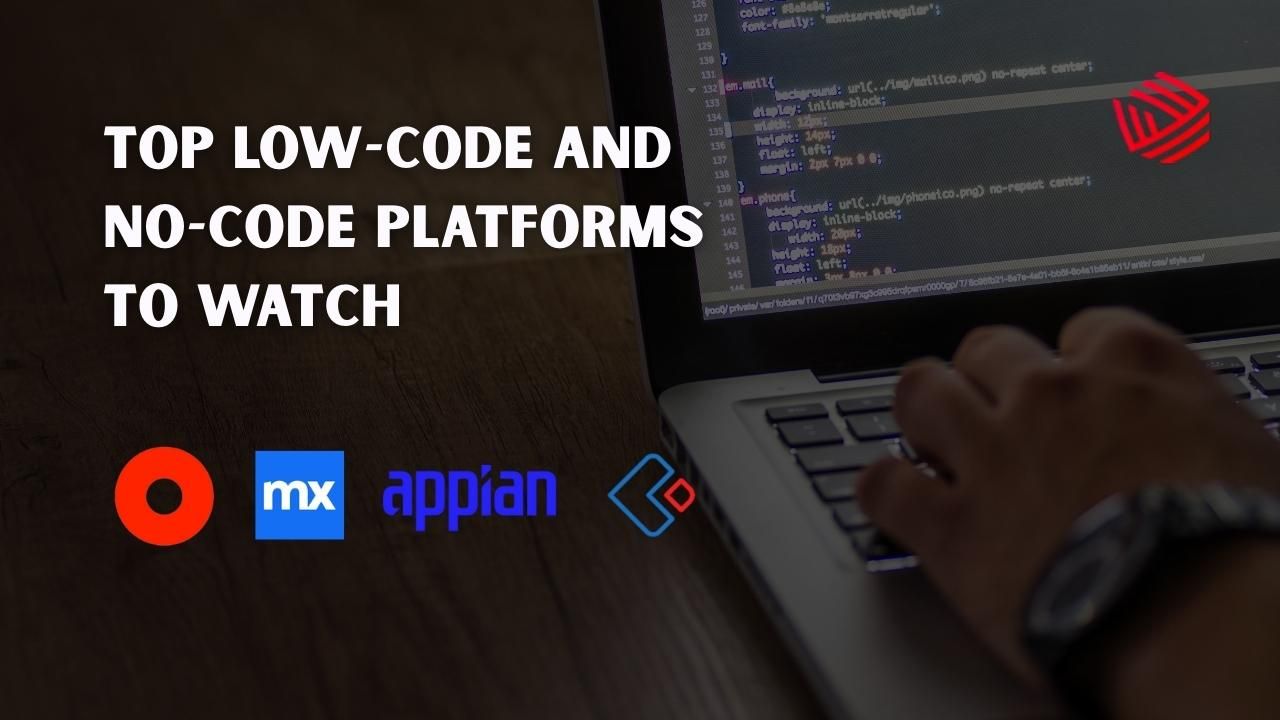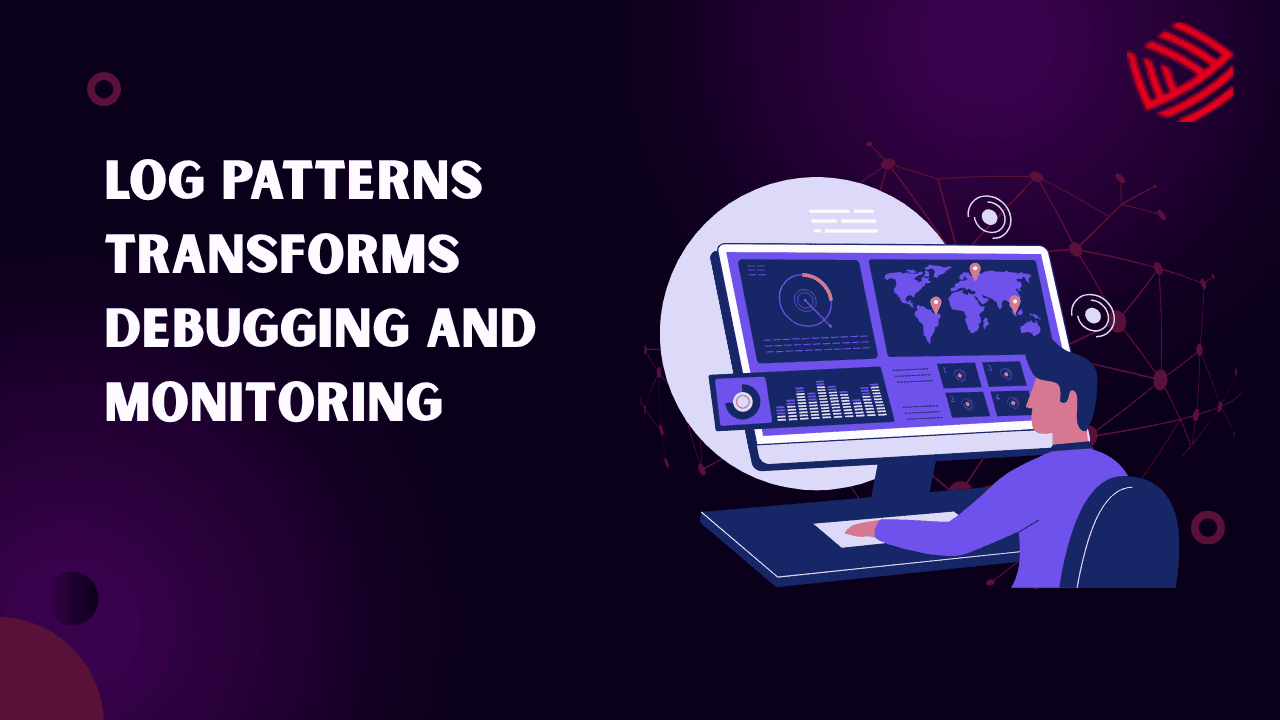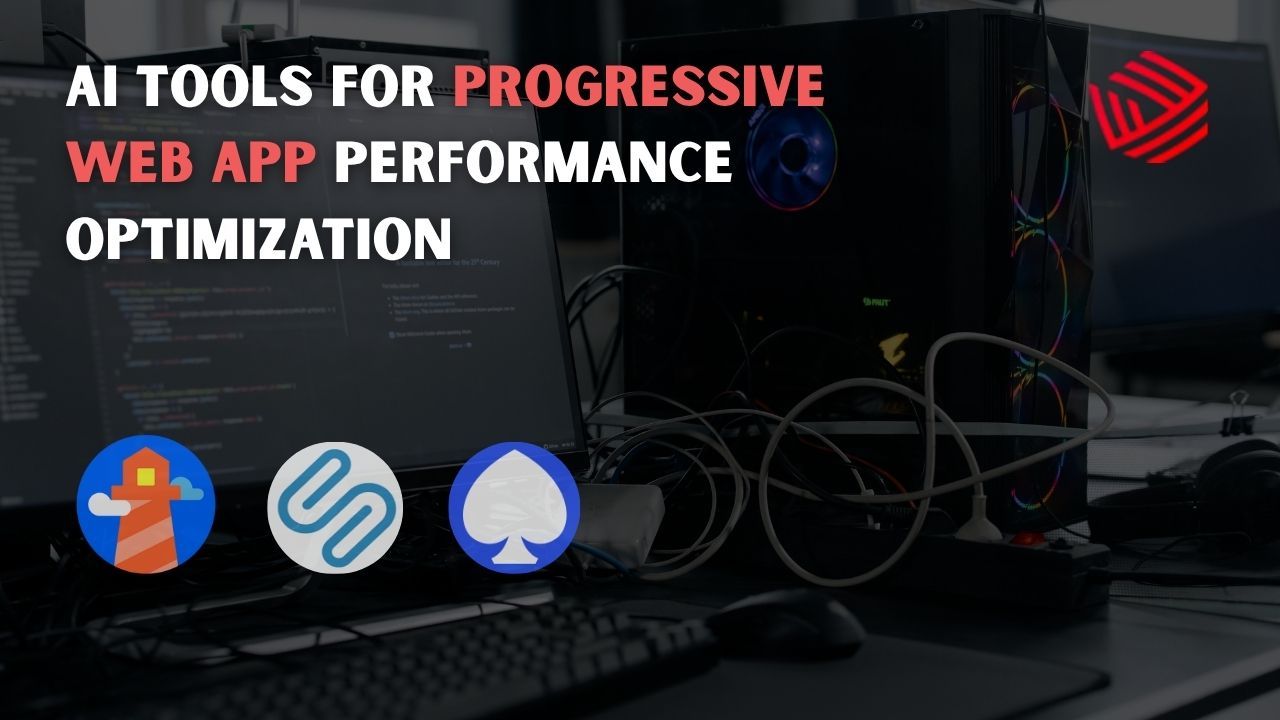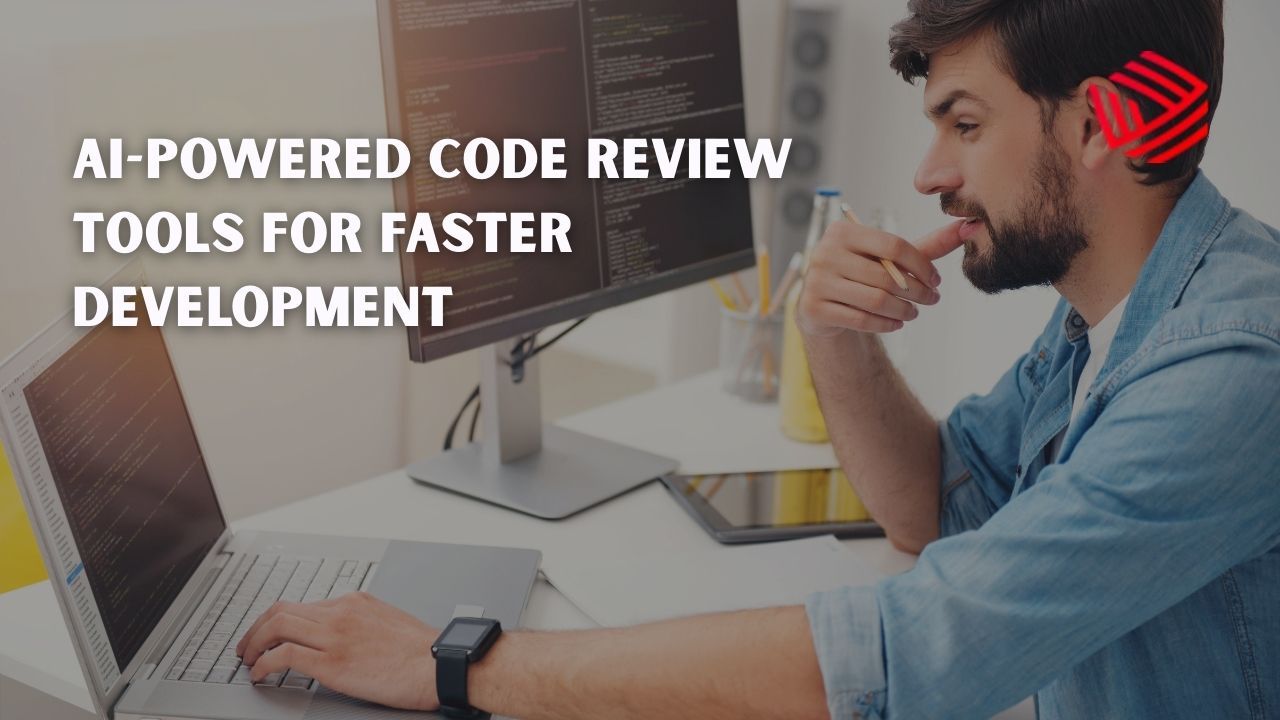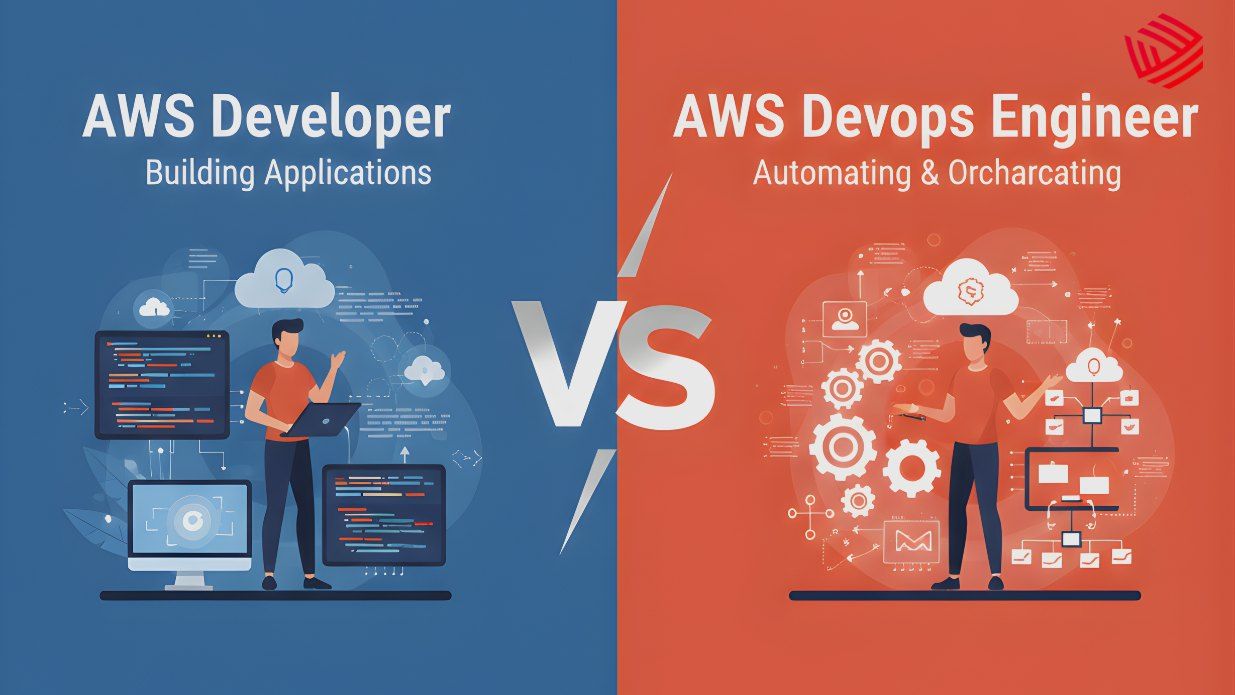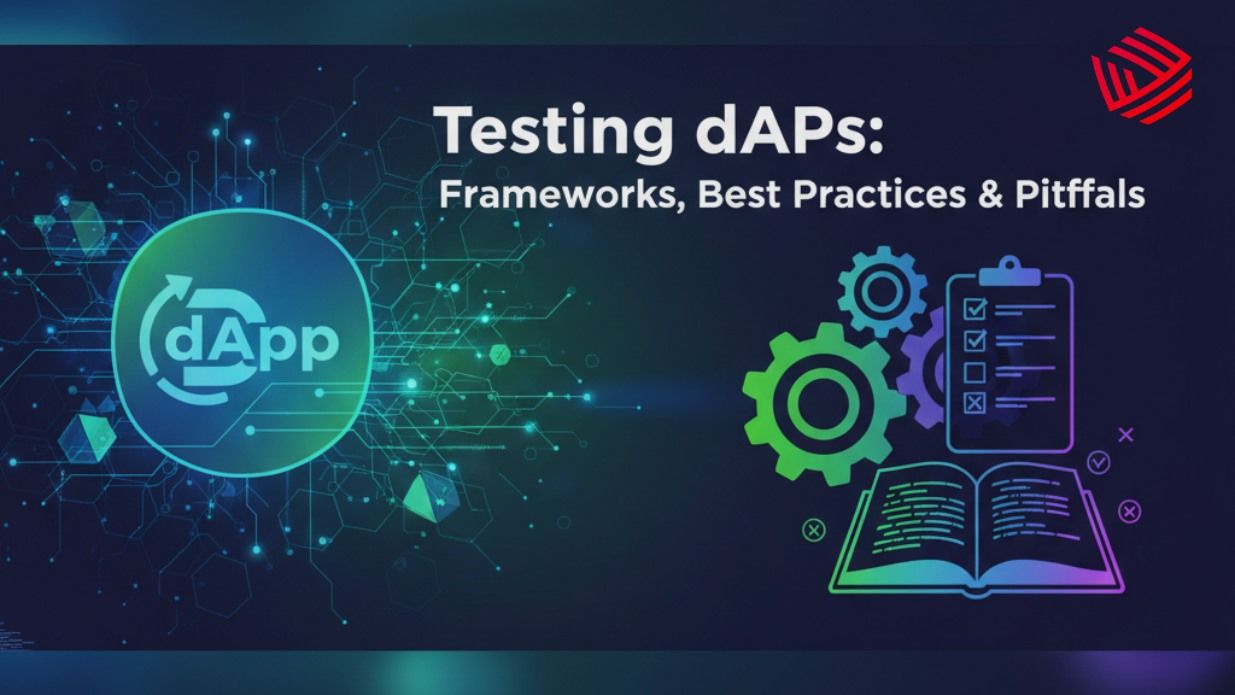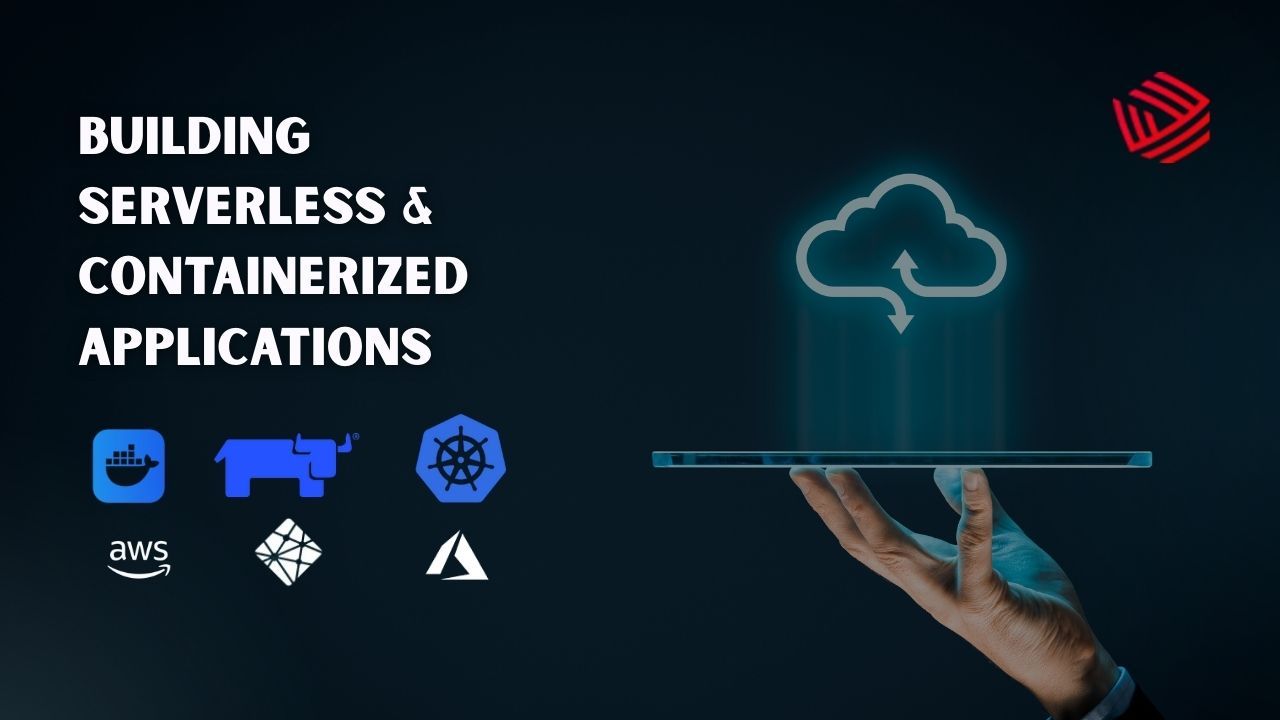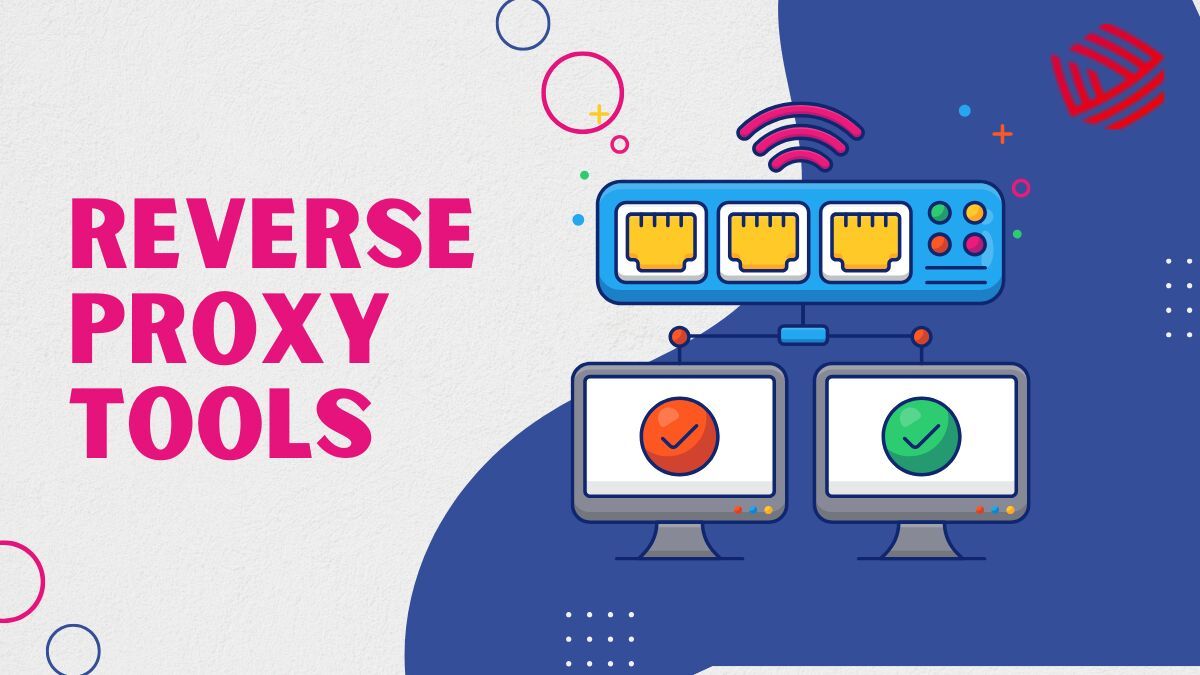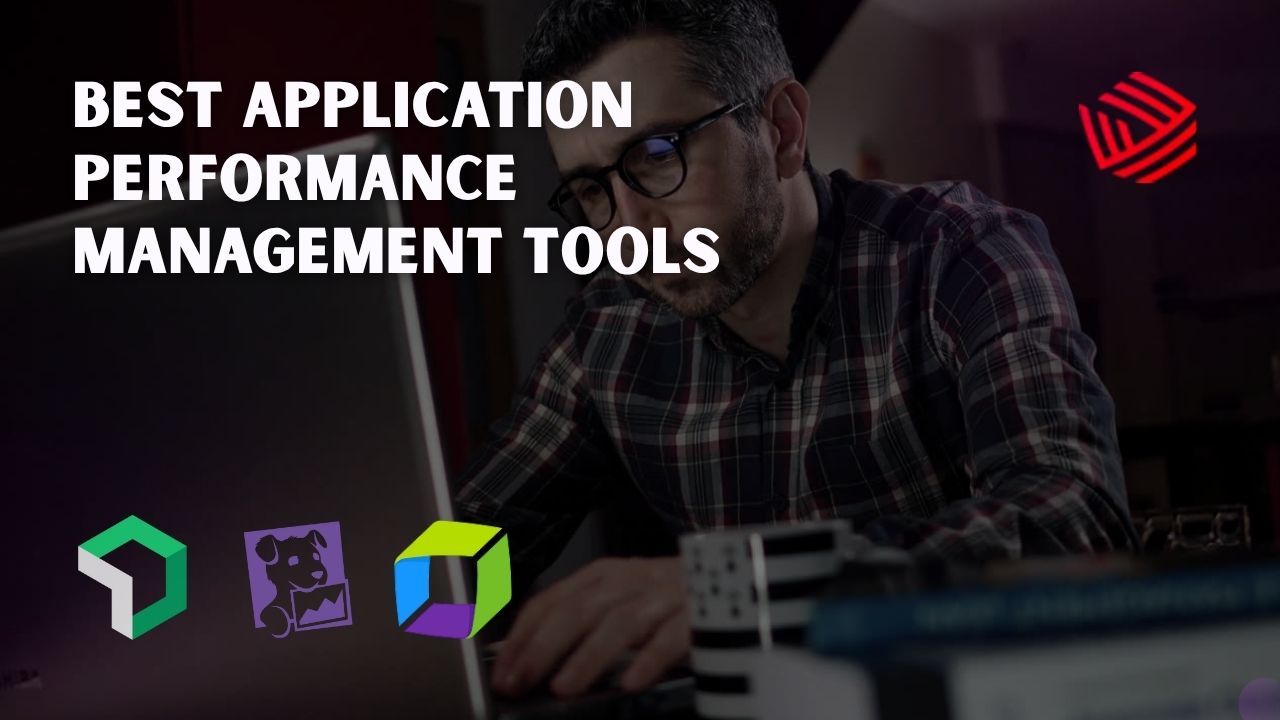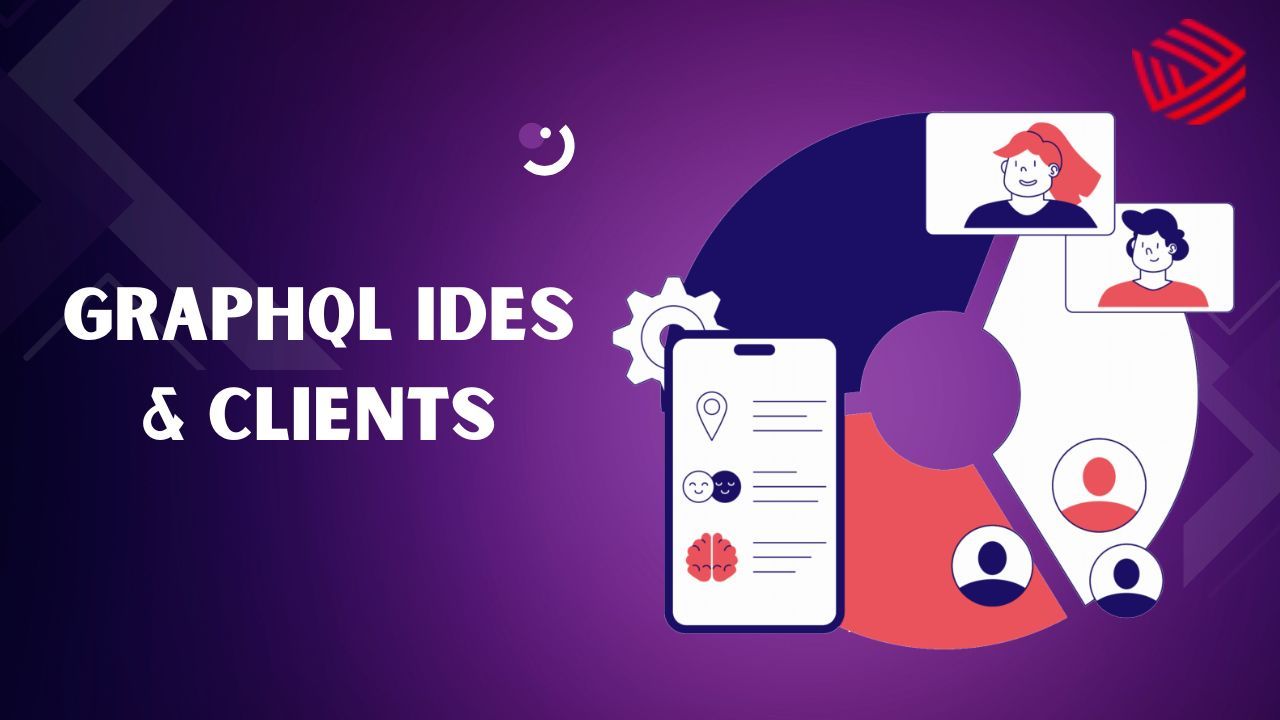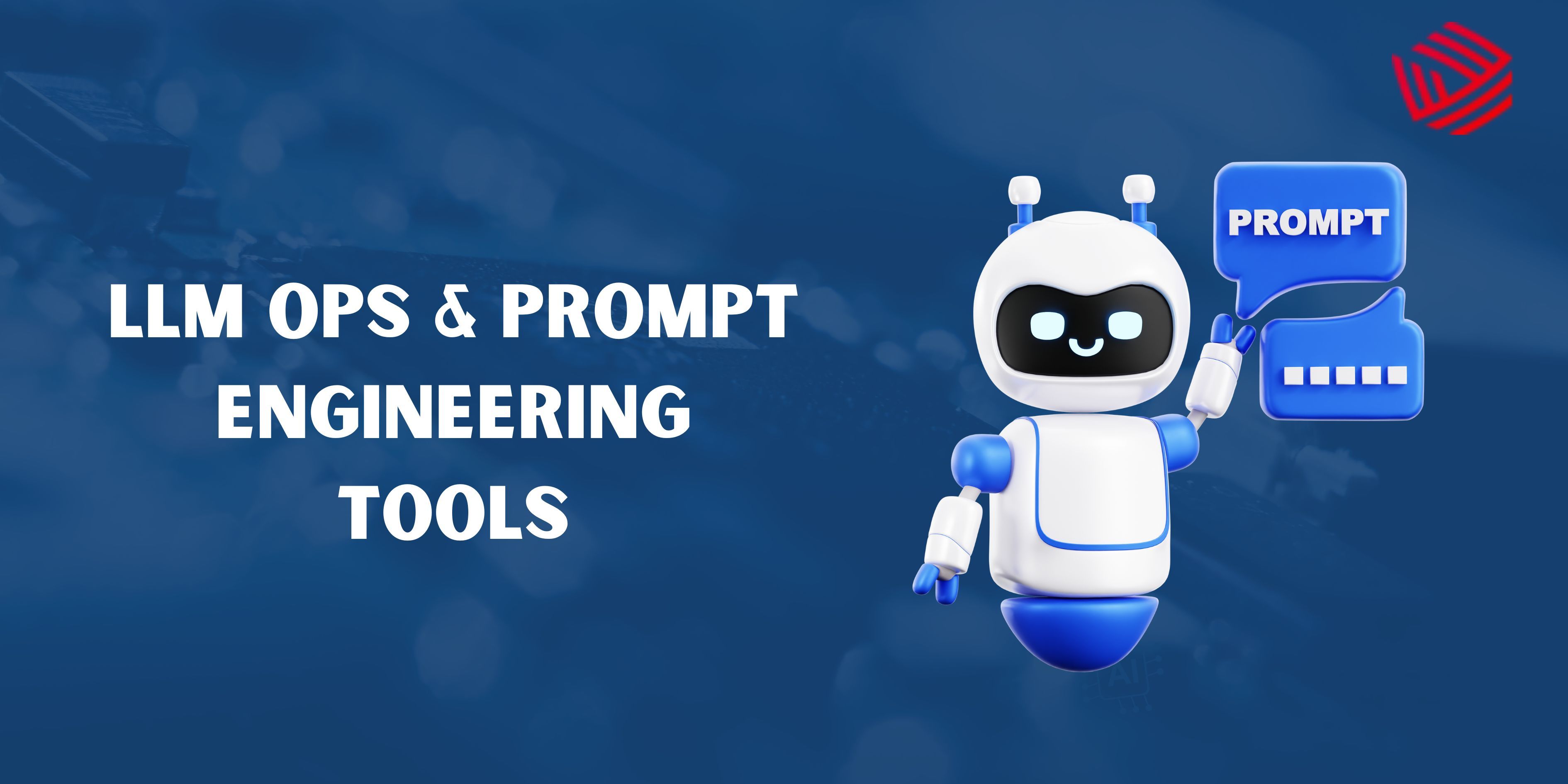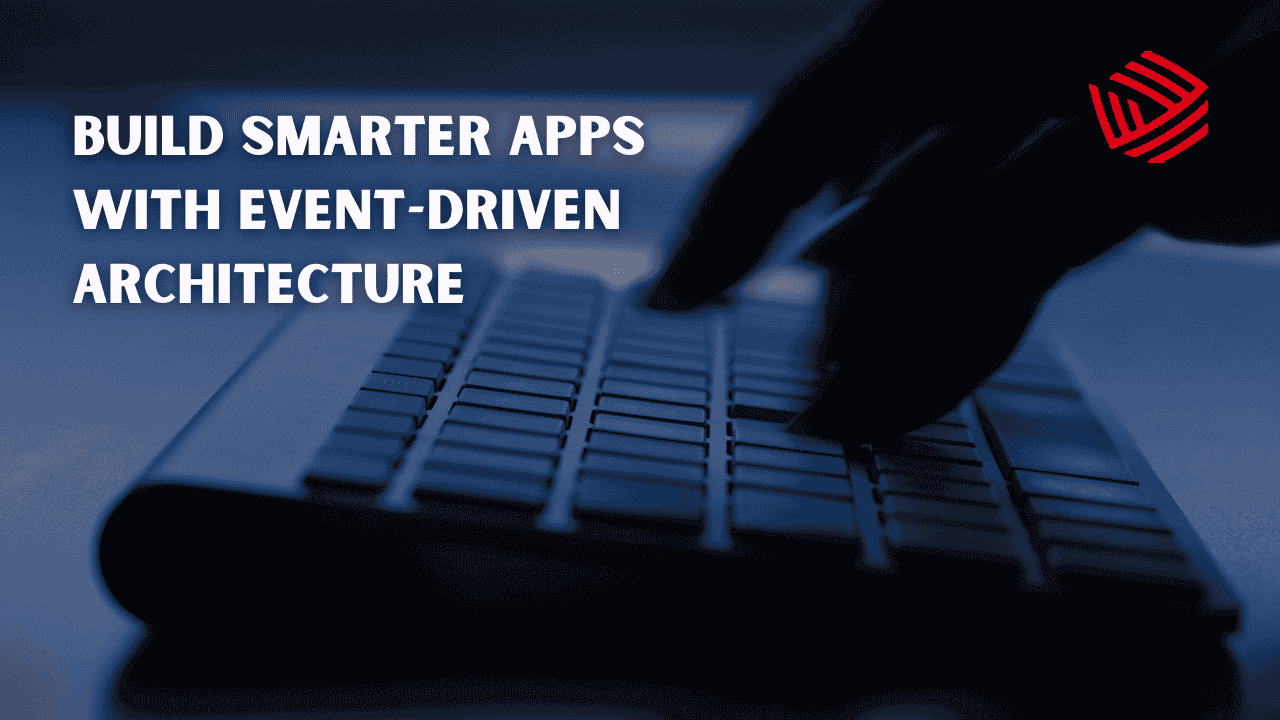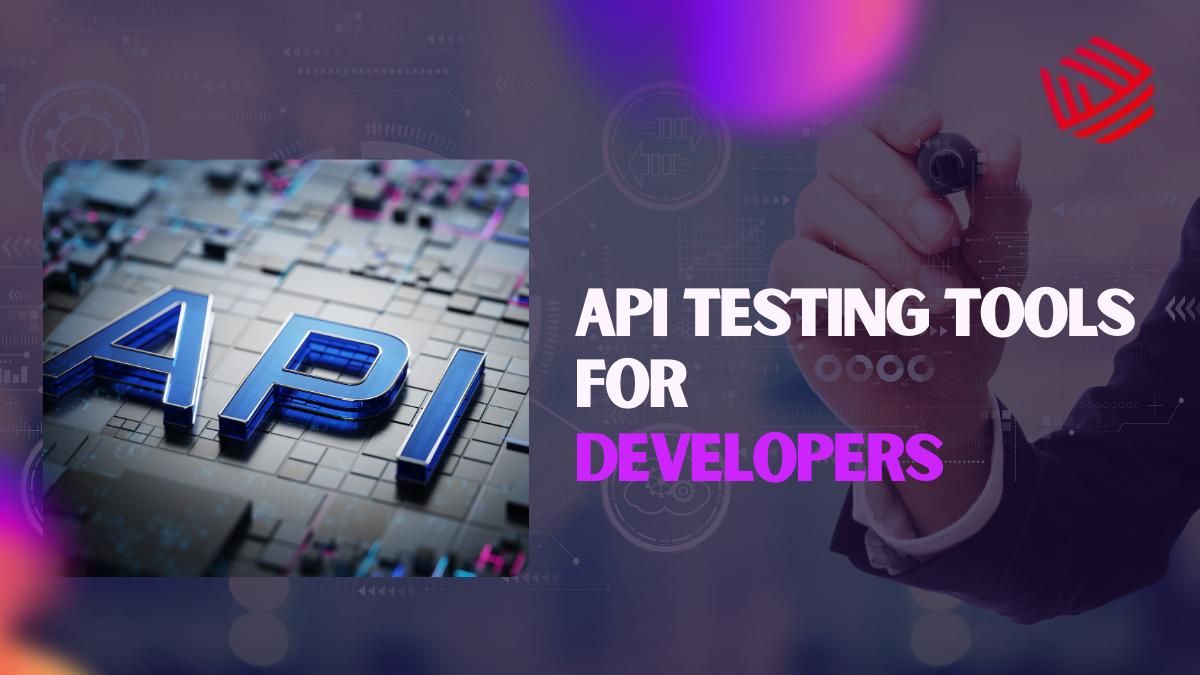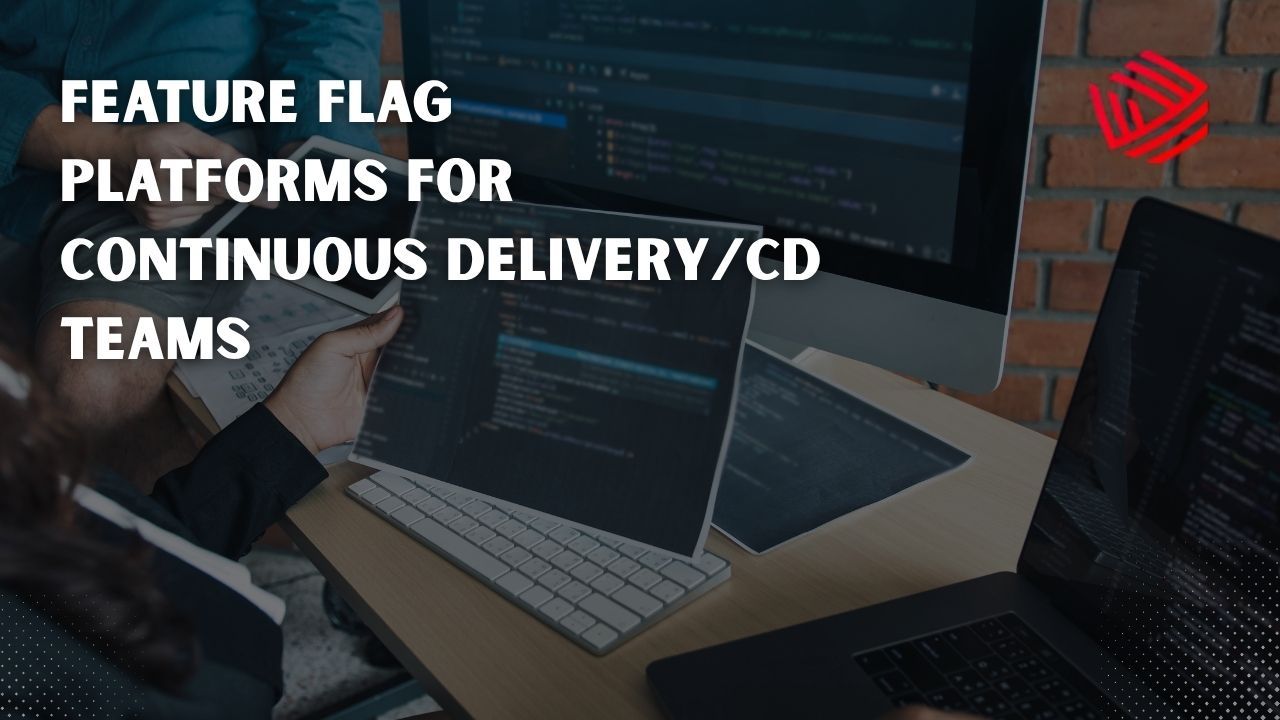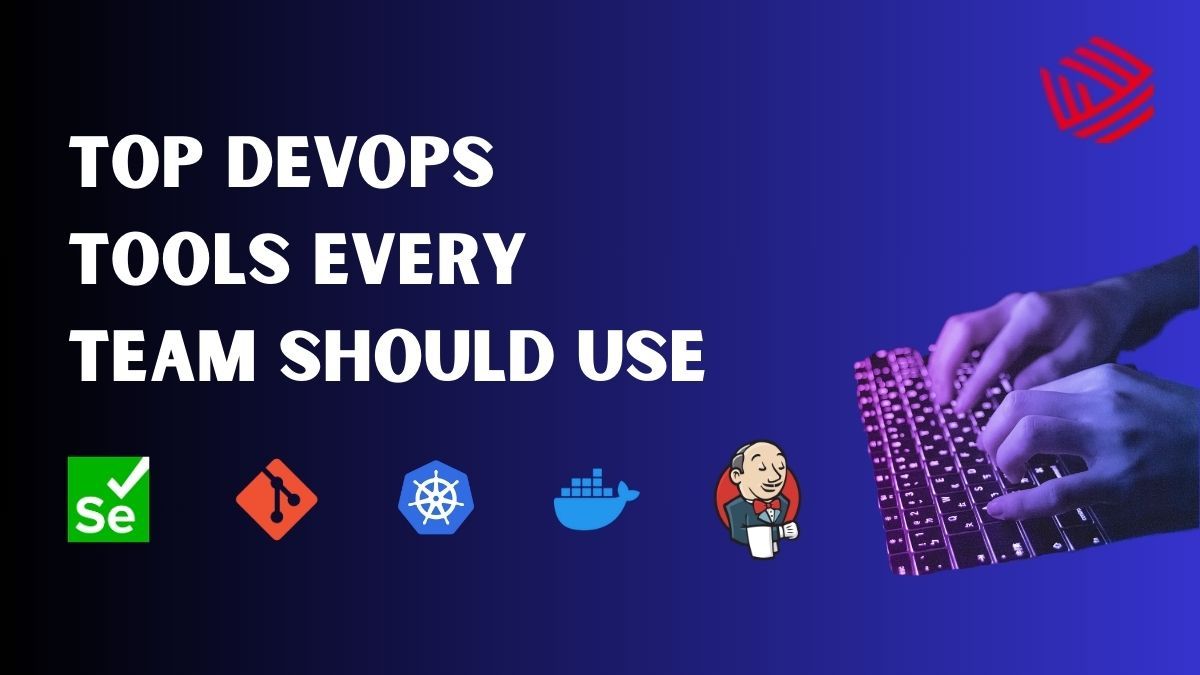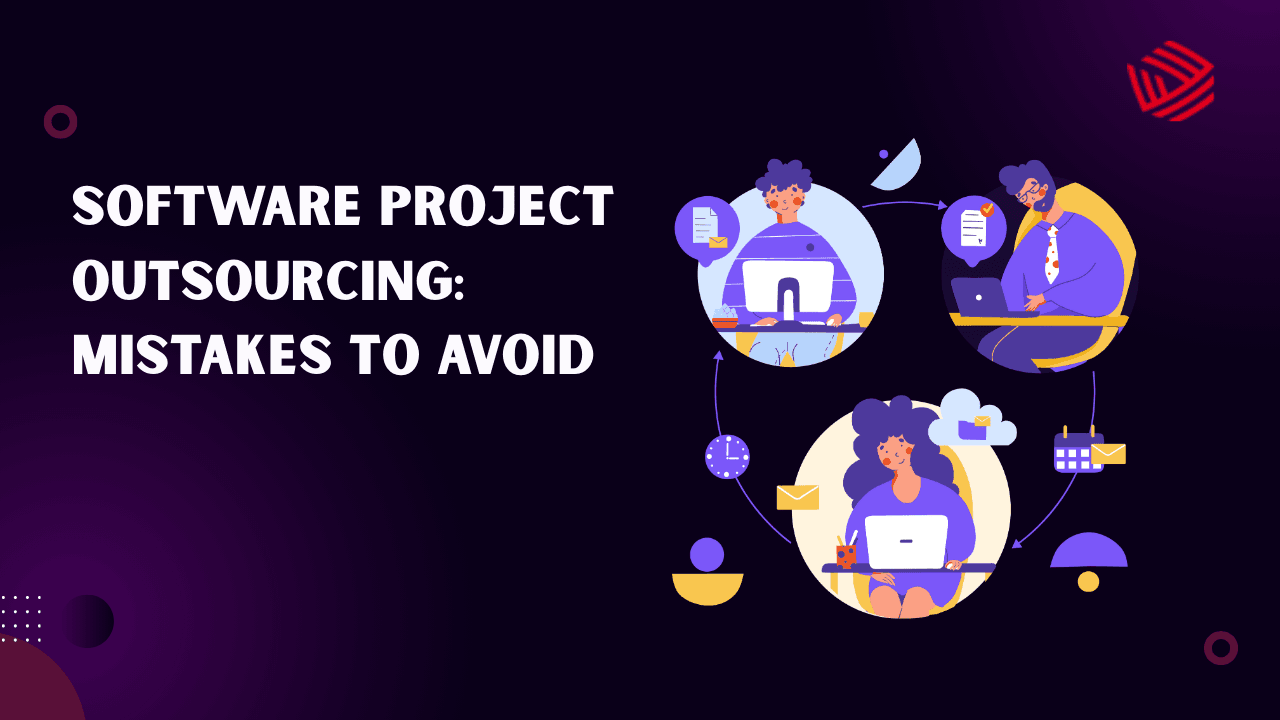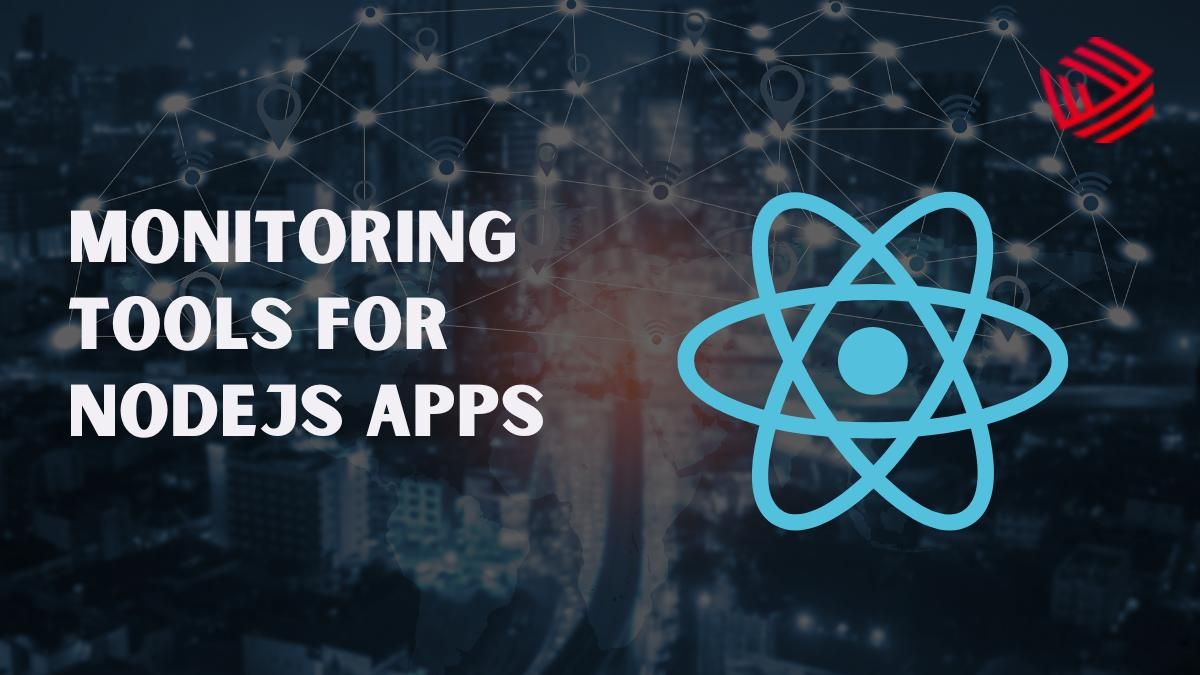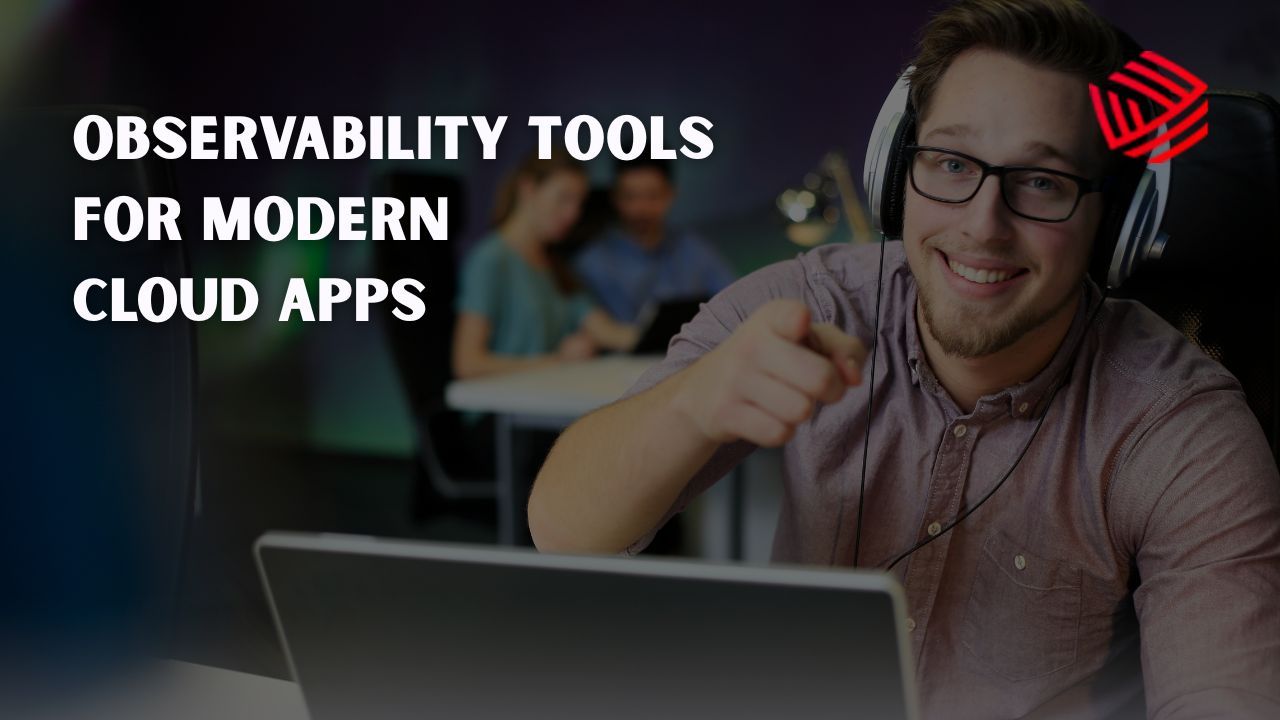Databases are the backbone of modern applications, storing critical information for web apps, SaaS platforms, and enterprise systems. As applications scale, inefficient queries, slow responses, and unoptimized indexes can significantly impact performance. Traditional manual tuning is time-consuming and error-prone, which is where AI-powered tools for database optimization and monitoring come in. These tools leverage machine learning to analyze queries, suggest improvements, and proactively detect bottlenecks, helping developers and DBAs maintain high performance without constant manual intervention.
AI-driven monitoring also provides real-time insights into database health, query execution, and indexing strategies. From small startups to enterprise environments, these tools can save hours of manual analysis, reduce downtime, and improve overall application responsiveness.
1. Prisma Optimize
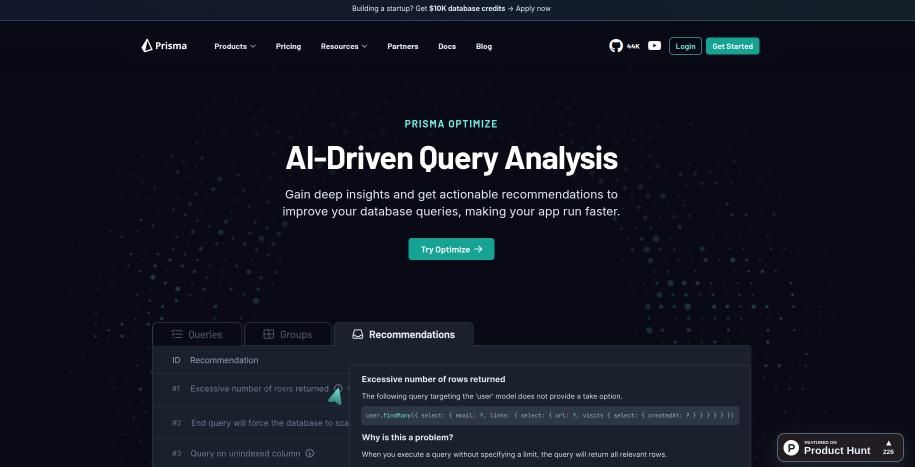
Prisma Optimize integrates seamlessly with the Prisma ORM, providing AI-driven query optimization across multiple relational databases. It identifies inefficient queries, suggests indexing improvements, and monitors performance. Real-time alerts ensure teams can act quickly before production issues arise. Prisma Optimize is ideal for teams already using Prisma ORM, offering automated insights that reduce manual tuning. Its real-time monitoring allows developers to stay proactive rather than reactive. By combining AI recommendations with ORM integration, it simplifies performance management.
| Pros | Cons |
|---|---|
| Fast integration with Prisma clients | Limited to Prisma-supported databases |
| Actionable AI suggestions for query improvements | Advanced query tuning may require manual intervention |
| Supports multiple relational databases | |
| Real-time performance alerts |
2. AI2SQL
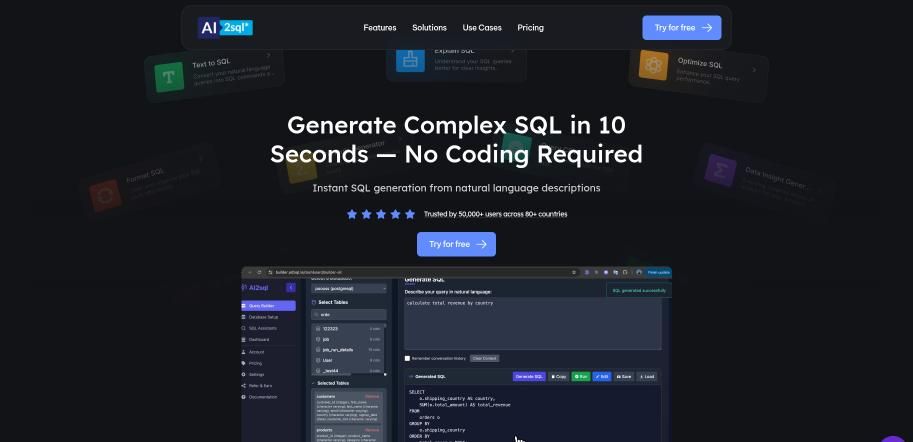
AI2SQL converts natural language queries into optimized SQL statements, supporting multiple database platforms. It provides schema and index suggestions automatically, saving developers from complex manual tuning. The beginner-friendly interface makes it accessible even without deep DBA expertise. AI2SQL is perfect for developers needing quick optimization insights. Its AI layer accelerates query generation and highlights performance improvements. The tool’s simplicity helps teams implement better queries with minimal learning curve.
| Pros | Cons |
|---|---|
| Beginner-friendly interface | May not handle highly specialized or complex queries Limited predictive analytics |
| Cross-database support | |
| Reduces manual tuning effort | |
| Provides schema and index suggestions |
3. Aiven AI Database Optimizer
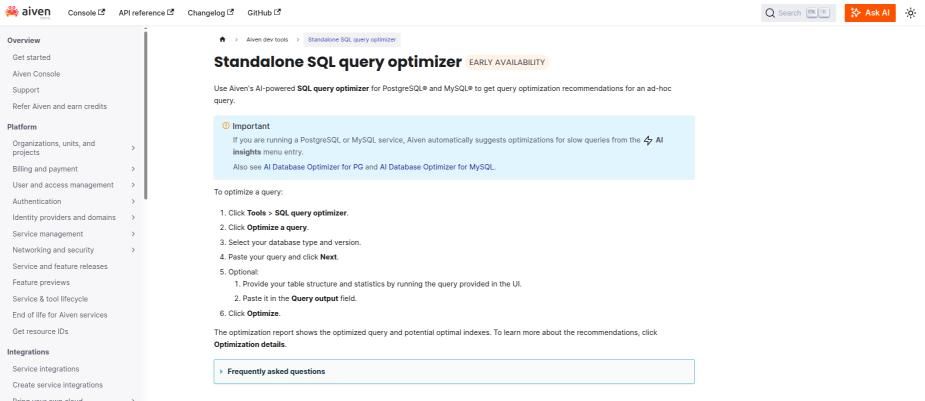
Aiven AI Database Optimizer focuses on continuous monitoring and proactive recommendations for relational databases. It integrates with CI/CD pipelines, catching performance issues early and reducing query latency. Particularly effective for PostgreSQL and MySQL, it helps prevent bottlenecks before they impact users. Aiven’s AI tool is suited for teams managing CI/CD pipelines and large-scale relational databases. Its automated recommendations streamline optimization efforts. Teams can rely on proactive monitoring rather than reacting to performance failures.
| Pros | Cons |
|---|---|
| Continuous real-time monitoring | Limited to PostgreSQL and MySQL |
| Proactive optimization recommendations | May require learning curve for teams new to AI optimization |
| CI/CD integration for automated workflows | |
| Reduces downtime and bottlenecks |
4. SmartSQL
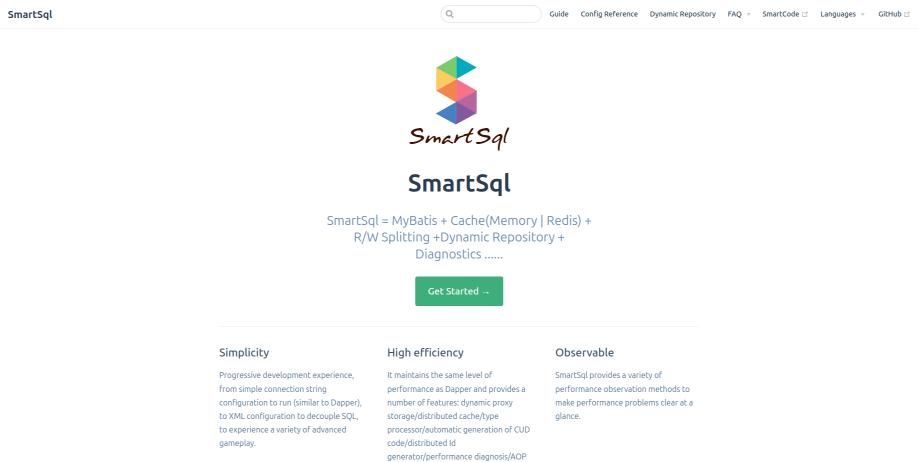
SmartSQL uses predictive analytics to detect potential database performance issues before they affect end-users. It offers secure monitoring, query rewrite suggestions, and indexing recommendations. This makes it ideal for dynamic workloads and frequently changing database environments. SmartSQL provides developers with actionable insights for preventing performance degradation. Its focus on predictive analysis helps teams avoid downtime. The tool balances security with optimization, making it suitable for sensitive data environments.
| Pros | Cons |
|---|---|
| Predictive bottleneck detection | Advanced analytics features are limited |
| Secure monitoring without exposing data | Not suitable for extremely large-scale enterprise environments |
| Suggests indexes and query rewrites | |
| Ideal for dynamic workloads |
5. SolarWinds Database Performance Analyzer
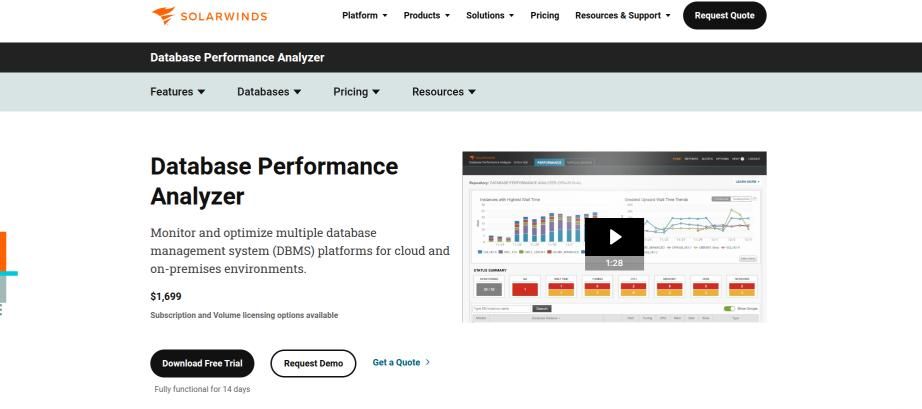
SolarWinds DPA delivers deep insights into query performance with anomaly detection and visual dashboards. It supports enterprise-scale databases and alerts teams to slow or problematic queries. The tool ensures system reliability and faster troubleshooting for large deployments. SolarWinds DPA is ideal for enterprise teams needing advanced monitoring and analytics. Its visual dashboards make interpreting performance data easier. By providing proactive alerts, teams can maintain high system reliability and avoid downtime.
| Pros | Cons |
|---|---|
| Deep query analytics and anomaly detection | Expensive for smaller teams |
| Visual dashboards for quick insights | Complex setup may require DBA expertise |
| Supports enterprise-scale databases | |
| Alerts on slow or problematic queries |
Conclusion
AI tools for database query optimization and monitoring are transforming how teams maintain high-performing applications. Whether you are using Prisma Optimize for ORM-integrated insights, AI2SQL for natural language query optimization, or SolarWinds for enterprise-grade monitoring, these tools provide actionable insights that reduce downtime and improve efficiency. By leveraging AI-driven analysis, predictive bottleneck detection, and automated recommendations, development and DBA teams can focus on building features rather than manually tuning databases. The future of database management is AI-powered, ensuring faster queries, better reliability, and overall improved system performance.

